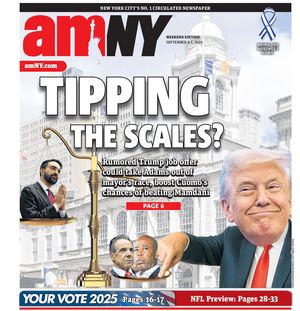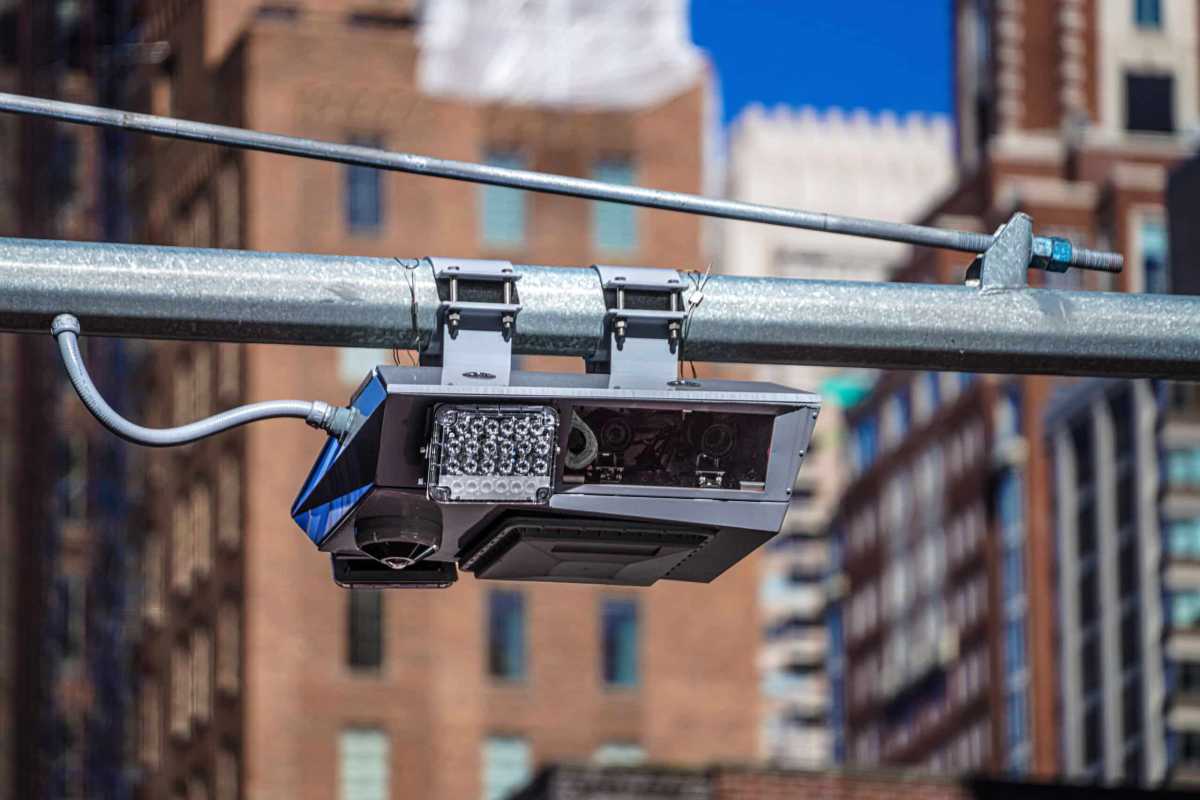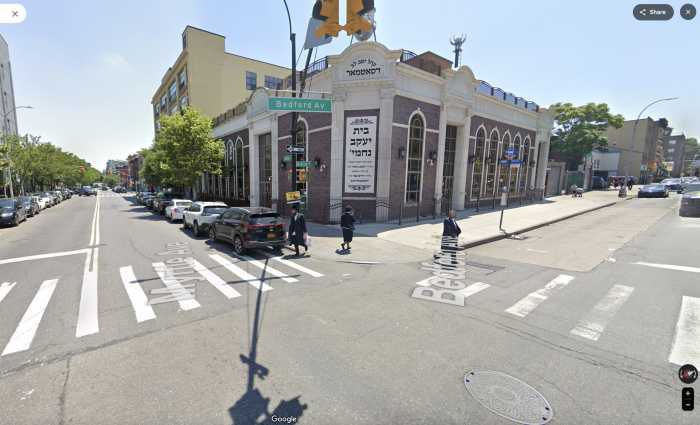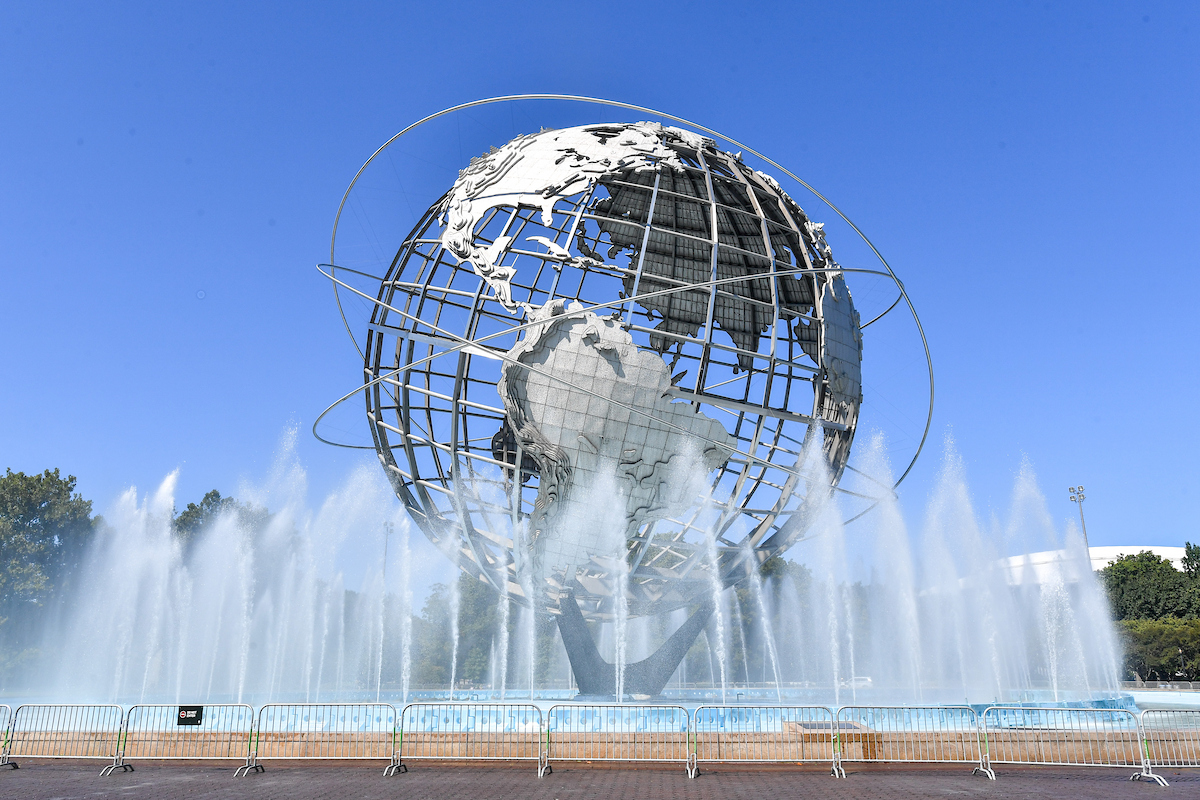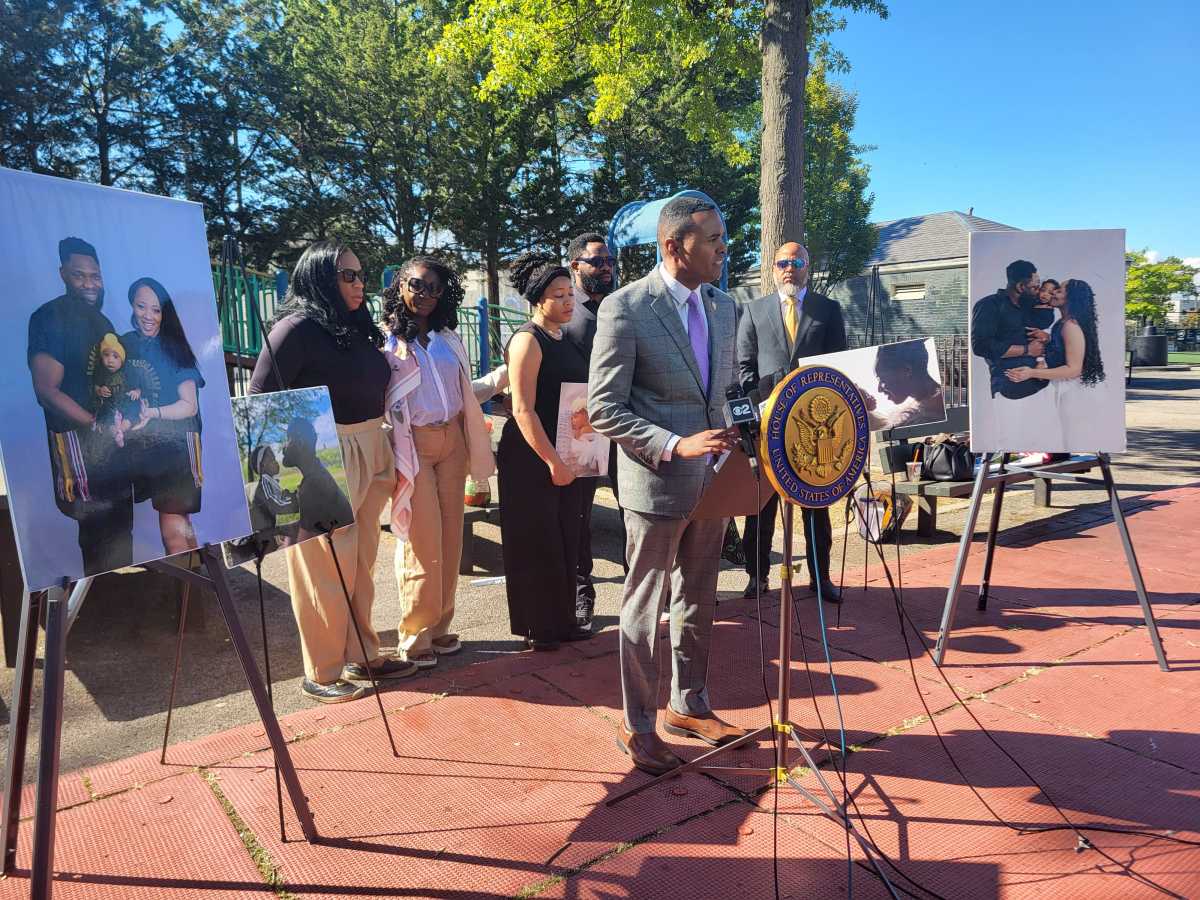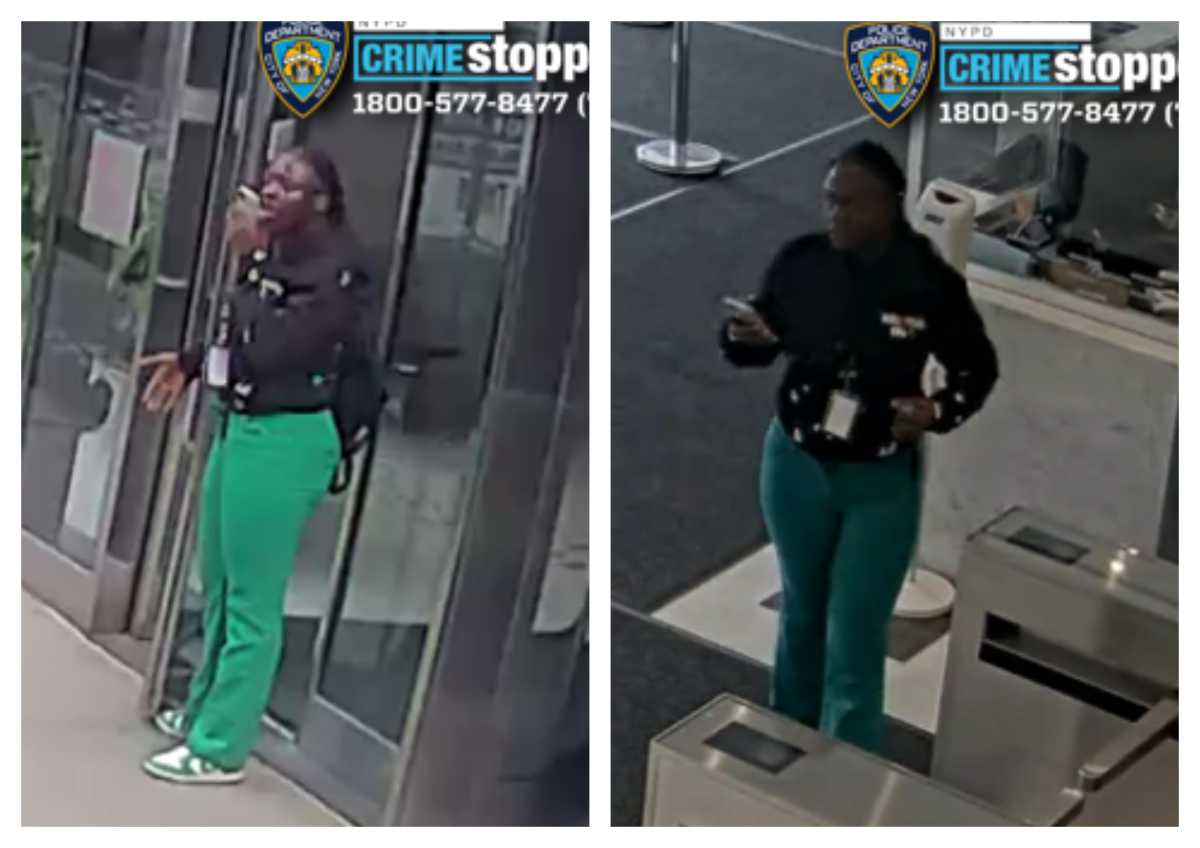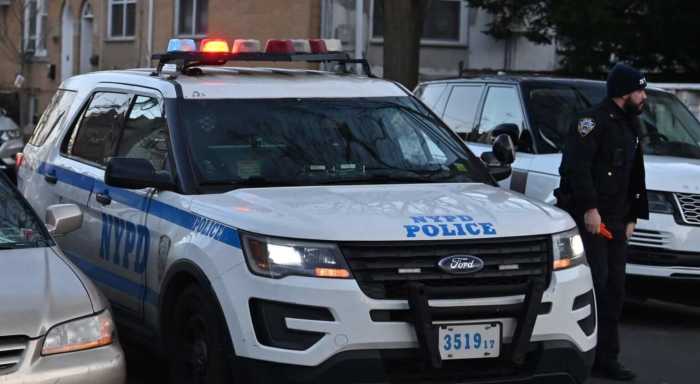Trucks are moving faster during the day in Manhattan since congestion pricing began this year, according to new research from a telematics and data company.
Research from Altitude by Geotab, a company that analyzes data about road networks, shows that between 8 a.m. and 6 p.m., 44% of Manhattan roadways in the congestion relief zone (CRZ) saw faster commercial vehicle travel times. The company observed 16,000 vehicle trips in the area to help conduct its research.
However, 40% of roadways in the CRZ experienced “no discernible change” in speed and 16% were slower on average after congestion pricing.
The data further shows that the area hosts fewer large trucks — known as GVWR Classes 3-8 — but an increased presence of multi-purpose vehicles, such as last-mile delivery vans.
As part of the study, researchers compared data from January through May 2024 to the same period in 2025 to see how commercial fleet activity changed after congestion pricing launched on Jan. 5.
Comparing the two five-month periods, researchers said there were 431 fewer light, medium, and heavy-duty trucks in the zone, though there was also an increase of 1,526 multi-purpose vehicles.
Idling at the same rate
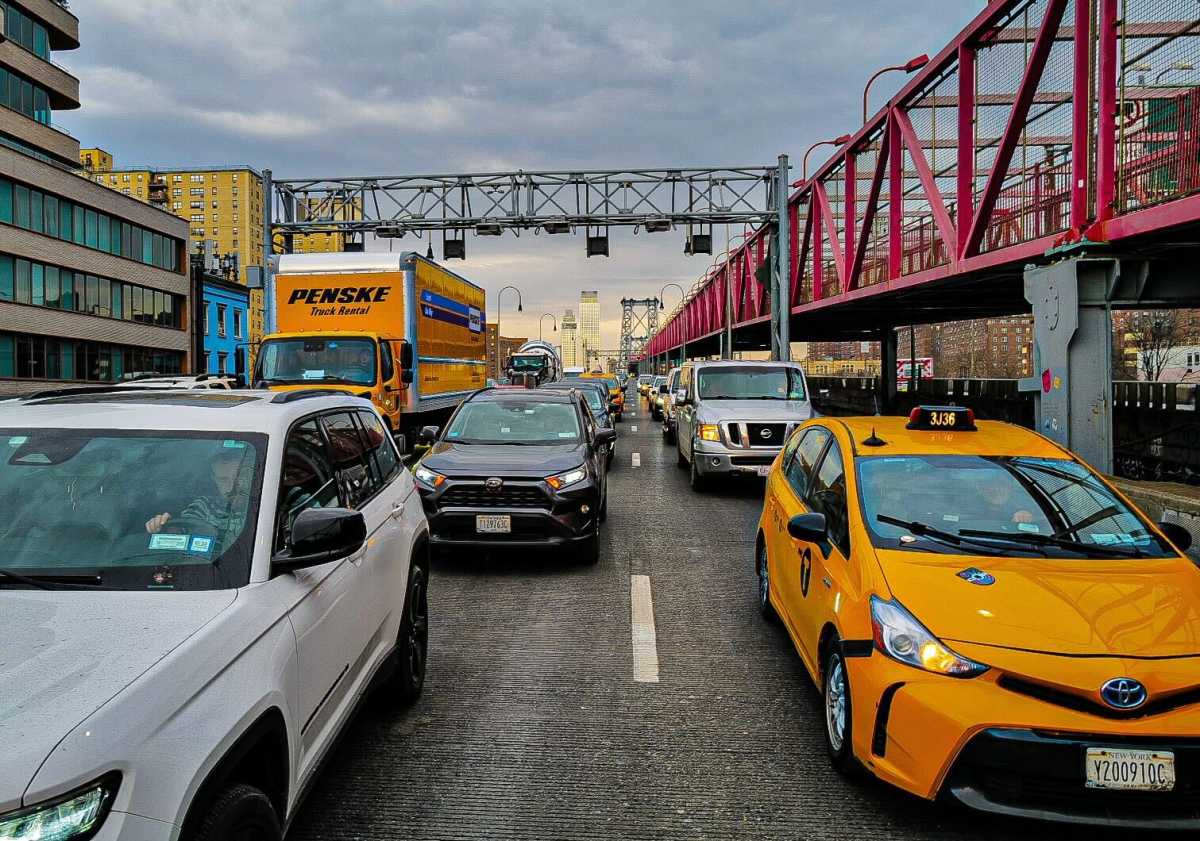
The study also found that trucks idle at the same rate after congestion pricing. However, it did not provide details on how often or how long trucks remained idle either before or after the tolls started.
Congestion pricing charges commercial trucks a base toll of $14.50 to enter Manhattan south of 61st Street. Tolls vary depending on the type of truck and the time of day it enters the CRZ.
Nate Veeh, acting vice president of business development at Altitude by Geotab, said the research gives a detailed understanding of how congestion pricing is impacting truck traffic in the area.
“Data insights are crucial for understanding and optimizing the dynamic world of transportation,” Veeh said. “This study is a great example of how insights into a real-world problem like traffic congestion and introducing tolls can help us understand the impacts on traffic flow, fleet composition and idling.”
Juliette Michaelson, the MTA’s deputy chief of policy and external relations, said the study points to congestion pricing’s numerous benefits.
“Traffic and accidents are down. Traffic speeds, transit ridership, foot traffic, air quality, and business bottom lines are all up,” she said. “This is just the latest report to detail the benefits that congestion pricing is delivering for New York’s economy and quality of life, which means real savings for all New Yorkers.”
Meanwhile, the MTA reported last month that 2,076,163 fewer vehicles entered the CRZ in May alone. The agency said the baseline historical daily average of vehicles entering the tolling zone is 647,200 in the month.
However, in May 2025, with congestion pricing, the average daily vehicle entries dropped to 580,227, according to the MTA.
As of June, congestion pricing’s total net revenue for the year so far totaled $219 million. The MTA said the money is used for public transit improvements, including better accessibility at subway stations, more battery-electric buses with complementary charging infrastructure, and structural enhancements such as track upgrades, bridge repair, and customer communication systems.
The Trucking Association of New York declined to comment on this story.
